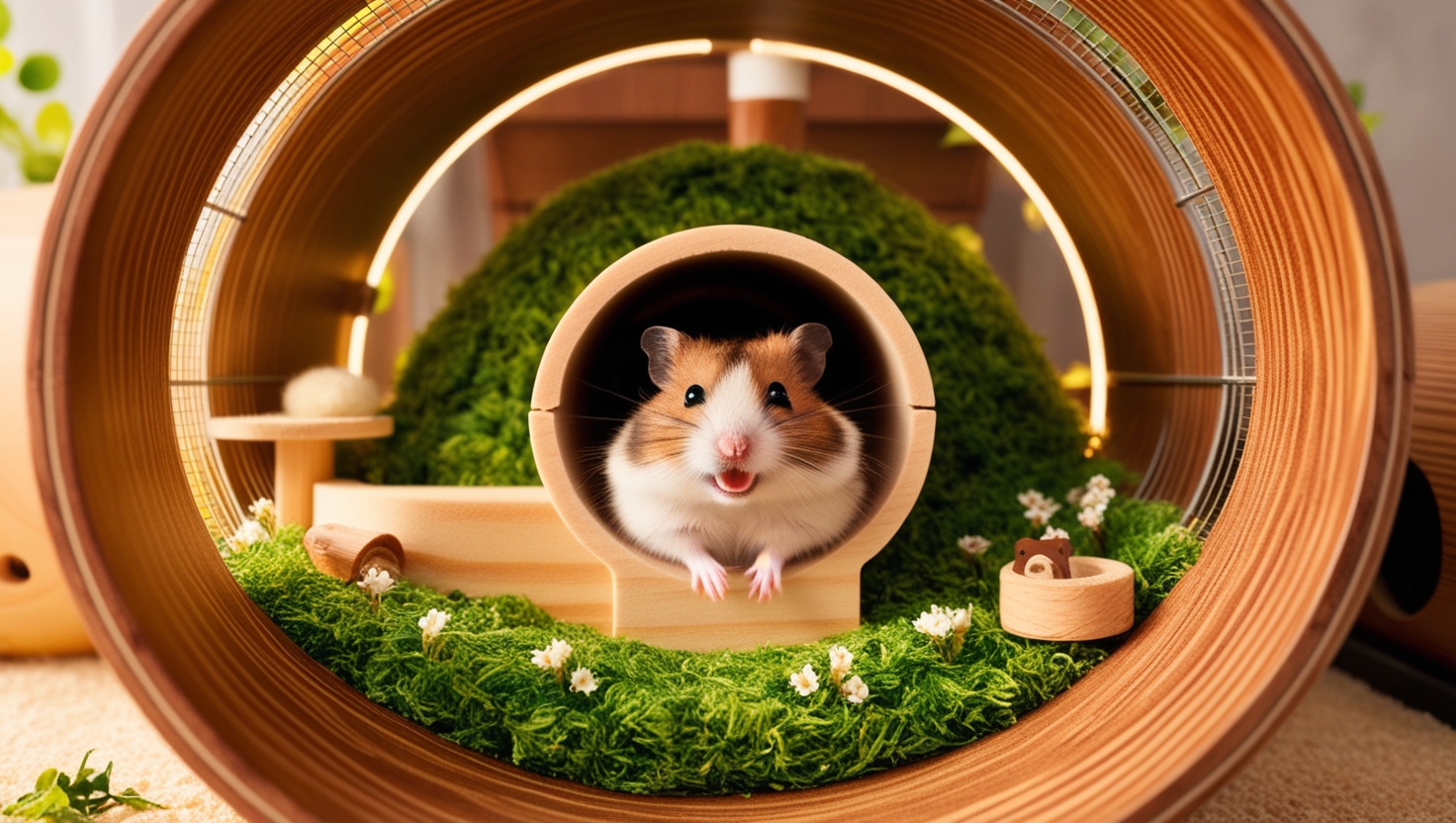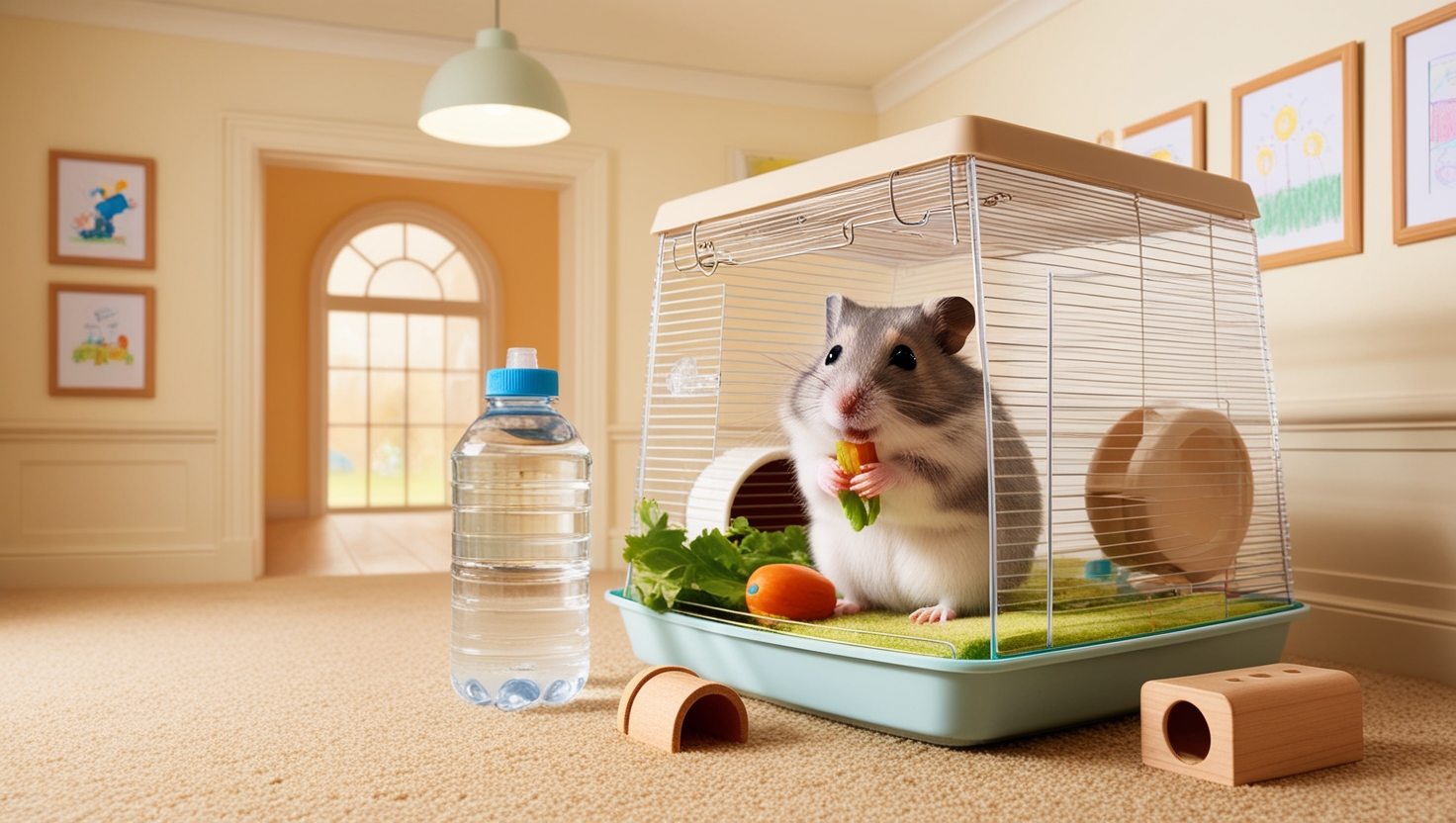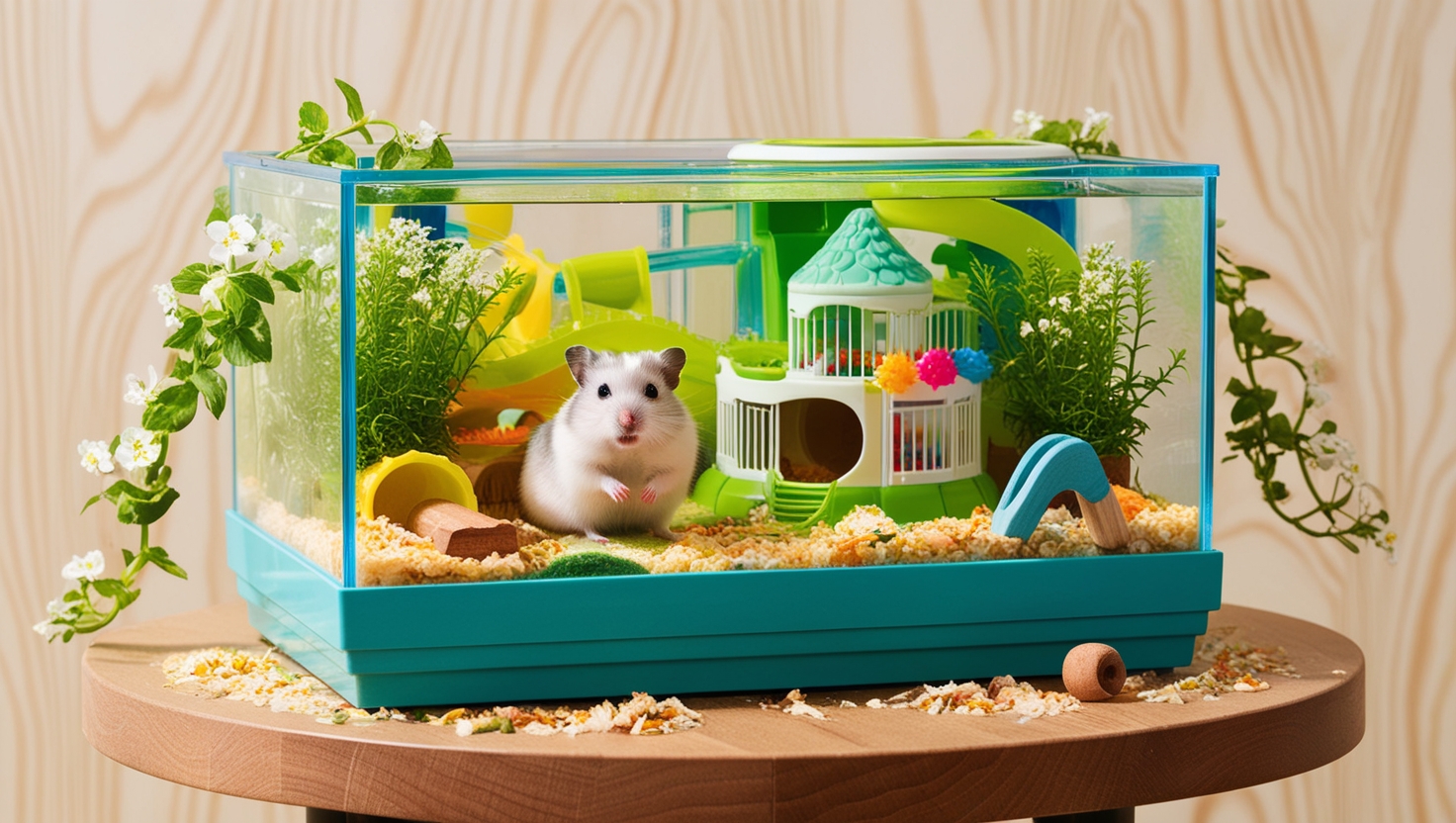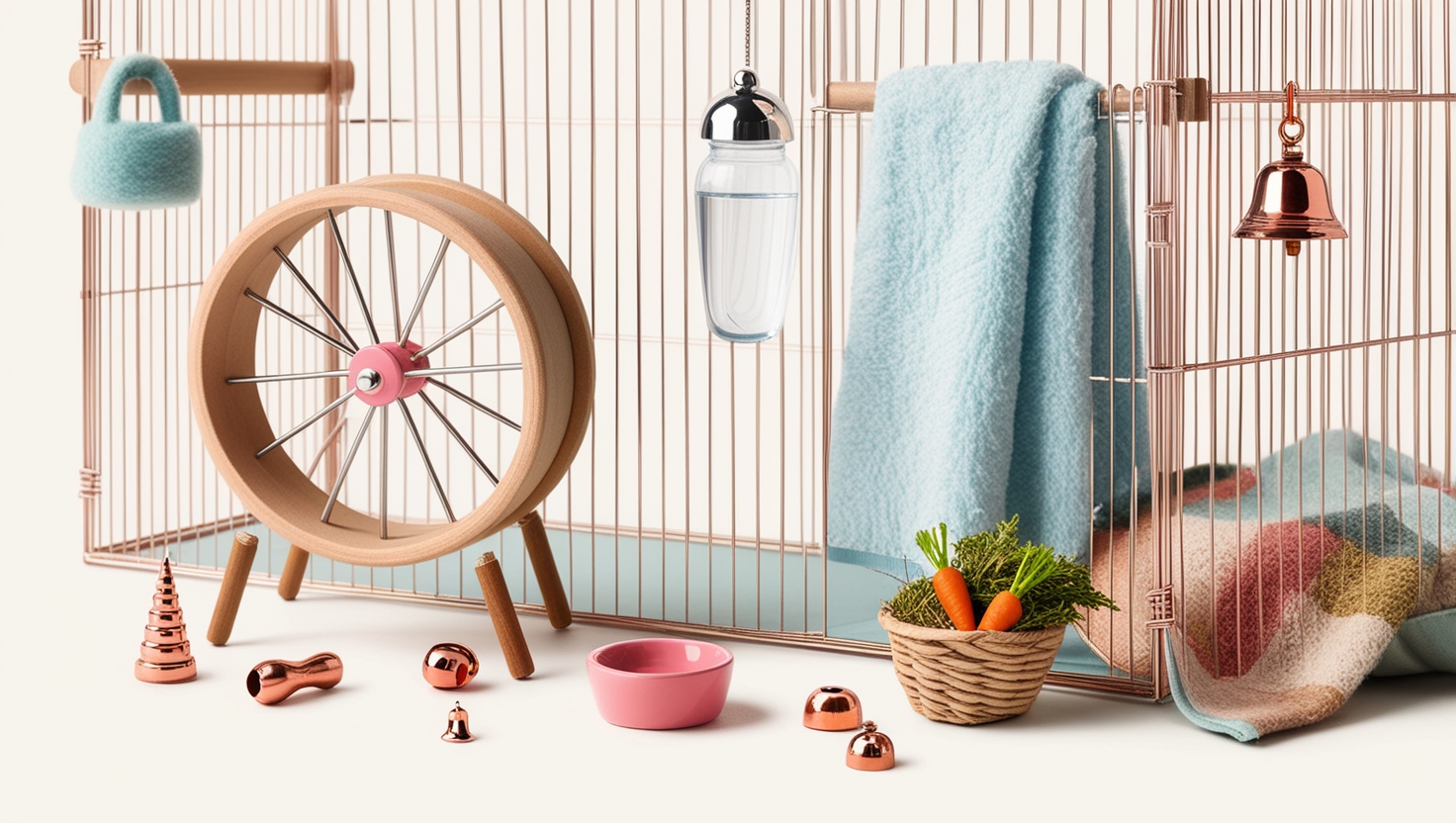So, you’re thinking of welcoming a hamster into your home? That’s fantastic! Hamsters make wonderful, entertaining, and relatively low-maintenance pets. But before you bring your little buddy home, there’s one crucial thing to consider: their habitat. Choosing the right hamster cage is essential for your furry friend’s well-being and happiness.
Why the Right Hamster Cage Matters
Think of it from your hamster’s perspective. In the wild, they would have vast spaces to explore, burrow, and forage. While you can’t replicate that exactly, providing a spacious and stimulating cage is the least you can do. A cramped or boring cage can lead to stress, boredom, and even health issues for your little pal.
Size Matters: Bigger is Always Better
“But aren’t hamsters small?” you might ask. Yes, they are, but these tiny creatures are bundles of energy! The minimum recommended cage size for a hamster is 450 square inches of floor space, but more is always better.
Pro-tip: If you have the space, consider a multi-tiered cage. It offers more vertical exploration opportunities, mimicking their natural burrowing instincts.
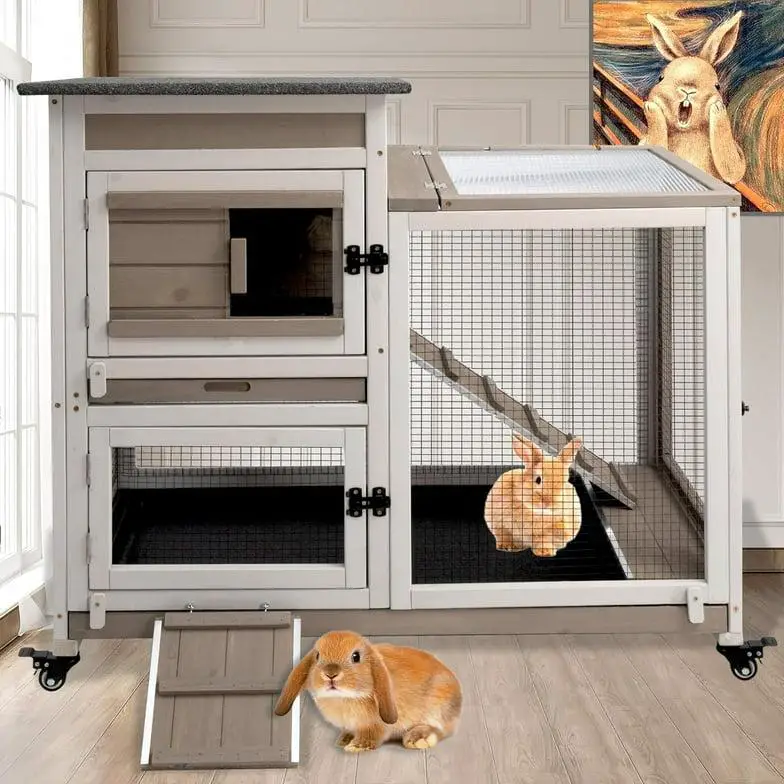 PETSCOSSET Rabbit Hutch Bunny Cage with Tray Guinea Pig Cage Indoor with Wheels, Gray
PETSCOSSET Rabbit Hutch Bunny Cage with Tray Guinea Pig Cage Indoor with Wheels, Gray
A spacious multi-tiered cage provides ample room for your hamster to explore.
Material Matters: Wire vs. Plastic vs. Glass
Each material has its pros and cons:
- Wire cages: Offer excellent ventilation, but small hamsters might squeeze through the bars.
- Plastic cages: Easy to clean, come in various designs, but ventilation might be an issue.
- Glass tanks: Provide clear viewing, good temperature control, but can be heavy and expensive.
Your choice depends on your hamster’s breed, your budget, and your preferences. For instance, Syrian hamsters, being larger, fare better in glass aquariums or spacious wire cages.
Furnishing the Hamster Paradise
Choosing the right cage is just the first step. Now comes the fun part – decorating! Here’s what every hamster needs:
Bedding:
Aspen shavings are a great option. Avoid cedar or pine shavings as they contain harmful oils.
Food and Water:
Ceramic dishes are ideal for food, while a water bottle with a sipper tube is best for water.
Exercise Wheel:
A solid-surfaced wheel is crucial for their exercise and prevents injuries.
Hideouts:
Every hamster needs a cozy place to sleep and feel secure. Wooden houses, cardboard boxes, or ceramic hideouts are all excellent options.
 Pet Small Animal Hanging Hammock Ferret Bunk bed Hammock Cage Toy for Hamster Rat
Pet Small Animal Hanging Hammock Ferret Bunk bed Hammock Cage Toy for Hamster Rat
Hammocks and hideouts provide comfort and security for your hamster.
Enrichment Toys:
Chew toys, tunnels, and climbing accessories help keep your hamster stimulated and prevent boredom.
Setting Up Your Hamster Cage: A Step-by-Step Guide
- Choose a suitable location: Away from direct sunlight, drafts, and loud noises.
- Add a thick layer of bedding: At least 3-4 inches deep for burrowing.
- Place the food dish and water bottle: Make them easily accessible.
- Install the exercise wheel: Ensure it’s the right size for your hamster.
- Add a hideout: Let your hamster have a private space.
- Introduce enrichment toys: Change them regularly to prevent boredom.
Pro-tip: “Hamsters are crepuscular, meaning they’re most active at dawn and dusk,” says Dr. Lisa Miller, a veterinarian specializing in small animals. “Avoid placing their cage in a high-traffic area during these times to prevent disturbing their sleep cycle.”
Final Thoughts
Choosing and setting up the right hamster cage might seem overwhelming initially, but trust me, it’s a rewarding experience. By creating a comfortable and enriching environment for your hamster, you’re ensuring they live a happy, healthy, and fulfilling life.
Remember, your hamster’s happiness is in your hands! So, do your research, choose wisely, and get ready to welcome a delightful little companion into your life. Happy hamster parenting!
Do you have any tips for setting up a hamster cage? Share your thoughts and experiences in the comments below!



